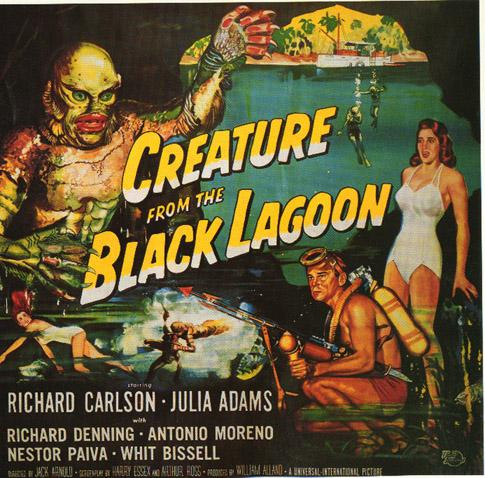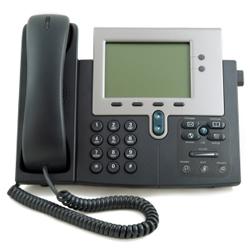Hosted PBX Feature
Will There Be a PBX in Your Smart Home Network?
In her recently published book, Smart Products, Smarter Services: Strategies for Embedded Control, Dr. Mary Cronin (News - Alert) discusses the challenges of home networks and why numerous past attempts to integrate home devices on a common network have failed. In spite of all these failures – and often with any noticeable learning from the past – companies still step up to the Gordian knot of being the integrator and central control point for everything in the networked home.
Verizon (News - Alert) is the latest company to try to untie the knot and become king of the home network. At the Digital Home Summit Ann Shaub, Director of Product Management at Verizon, announced a first quarter rollout of the Verizon “connected home portfolio.” Two communication protocols, one wired and one wireless but both proprietary, were mentioned. On the wire – well, ok, on the coax – we have MoCA for all the home entertainment devices. In the air we have Z-Wave for everything else. The announcement also mentioned a “bring-your-own-broadband option.”
One can’t but help to start to speculate on what the architecture of the Verizon connected home network looks like.
First, as there is to be a common control for all devices then there must be a box that all the various networks plug into. At first blush this would seem to be nothing more than the well-known and field-proven Internet model of internetworking. But given the architecture, most likely it’s not. In the Internet model you can wrap the Internet packets in whatever envelope you like for carriage over your communication lines and when I open up the envelope at the other end what I find is described in the IETF specifications; a TCP packet, an HTTP packet, a VoIP packet, whatever. This is what makes the “inter” part of Internet work.
When you paste together proprietary protocol stacks such as MoCA and Z-Wave – never mind bring-your-own protocol stacks – there is no such common core. At least by my reading, MoCA and Z-Wave aren’t just physical and link layer protocols. They are complete protocols stacks. The result is that the Verizon box can’ just provide repackaging services. It has to translate between MoCA-speak and Z-Wave-speak and whatever-else-you-plug-in-speak. This is not a trivial problem.
Next, there are the Siamese twin issues of data security and digital rights management. Everybody is very touchy about these matters, particularly when the words integration and interoperation are being bandied about. The last thing that the film industry wants is for you to be able to send Creature from the Black Lagoon off to your very insecure and totally-hackable toothbrush where you can make a copy that will playback quite nicely on my Xbox. It is also probably true that you don’t want your networked toothbrush to send the condition of your gums off to Time-Warner, Verizon, or the electric power company.
This means that to one extent or another Verizon’s central switch would have to manage keys and support cryptographic protocols of each of the networks it is integrating, so it can understand encrypted messages from and send encrypted messages to devices out on the disparate networks. I’m not privy to the technical details of the security architecture of either MoCA or Z-Wave but I’d be willing to bet a dozen Dunkin’ Donut Boston creams that they are incompatible. This is another non-trivial problem for a Verizon box to solve.
All of which brings us to ask, just where is the Verizon central control box that is performing these Herculean IT tasks? I think at least a good candidate for the answer is a Verizon central office. I speculate that the model they have in mind – and it is a clever model and a compelling model however dated it might be – is the intelligent network (IN) with a central office private branch exchange (“Centrex” PBX (News - Alert)). The notion of IN services has been around since the mid-1980’s. Centrex goes back to the late 1950’s.
One doesn’t have to squint too hard at an IP phone to see the in-home interface to Verizon’s integrated home network. Nor does one have to be a Harvard MBA to figure out that putting a PBX in people’s homes is going to be a non-starter.
Backhaul all the control signals, perform translation and security operations in lights-out bunkers with shared heavy-duty compute power and pay for the whole thing by selling broad-spectrum, fine-grain home activity and preference data to the highest bidders.
It was I think – but I could be completely wrong here – Neil Gershenfeld at the MIT (News - Alert) Media Lab who coined the phrase “things that fink.” Well, yes, I pondered, my toothbrush knows things about me that I don’t post on my Facebook (News - Alert) page but who’s it going tell. What I thought I meant was that it had nobody to fink to. It turns out that what I unconsciously meant is that a networked toothbrush might actually tattle on me -- I just don’t know to whom.
Scott Guthery is co-author of 2 books on smart card development, 2 books on SIM and mobile application development and an inventor on 34 issued patents including the original Java Card™ patent. To read more of Scott's articles, please visit his columnist page.
Edited by Erin Monda




 By
By 

 More Hosted PBX News
More Hosted PBX News 